US hiring seen slowing, with brunt of tariff impact coming later
Published in Business News
U.S. employment growth probably decelerated in April and the jobless rate held steady, illustrating healthy yet moderating labor demand entering a period when trade policy risks chilling the hiring decisions.
Nonfarm payroll growth probably decelerated to 138,000 last month after blowing away expectations in March, according to the median estimate in a Bloomberg survey of economists. The joblessness rate is seen unchanged at 4.2%.
The data due Friday by the Bureau of Labor Statistics offer the first look at the labor market since the Trump administration imposed expansive punitive tariffs. The surveys behind the report were conducted the second week of April, when Trump put some levies on hold and sharply raised those on China goods, creating heightened uncertainty among businesses big and small.
“Immigration and trade restrictions are likely to weigh on payrolls in the coming months, but we don’t think they‘ll have a substantial impact in April,” Shruti Mishra, an economist at Bank of America Corp. who anticipates a 165,000 payroll gain, said in a note. “That said, risks are to the downside.”
Leisure and hospitality
The two surveys of households and businesses that make up the employment report were conducted after President Donald Trump announced sweeping tariffs, unleashing turmoil in financial markets around the world. The timing probably weighed on business decisions, said Lydia Boussour, senior economist at EY, who anticipates a below-consensus 65,000 rise in payrolls.
In addition, seasonal factors tend to play an outsize role in April, she said. That is usually when sectors such as leisure and hospitality start hiring for the busy summer season. She anticipates a decline in that industry and weaker retail and transportation employment.
“Over the past three years, the seasonal factors have imposed a drag on payrolls of about 700k in the month of April to neutralize the increase in seasonal hiring,” Boussour wrote in a note. “Less seasonal job gains amid elevated tariff uncertainty could lead the seasonal adjustment factors to overcompensate on the downside.”
Bloomberg Economics estimates that the labor market may begin to deteriorate more visibly as soon as May. Anna Wong and Estelle Ou said in a note that the May employment report due June 6 could show an even sharpen hiring slowdown in the logistics industry as well as the leisure and hospitality sector.
Steady unemployment
Economists widely expect the joblessness rate to hold steady at a historically low 4.2% rate in April. That’s in part because after coping with widespread labor shortages in the aftermath of the pandemic, companies might choose to hold on to workers and cut back on other costs.
Moreover, forecasters say a sharp slowdown in immigration since last summer has led to fewer people joining the labor force, which could be keeping the unemployment rate from creeping higher even as demand for workers moderates.
“We continue to think that the direction of travel for the unemployment rate will be sideways over the medium term, with the dramatic slowing in the pace of immigration gradually weighing on labor supply,” Barclays Plc economists led by Jonathan Millar wrote in a note. “However, we think that this influence will be counteracted in the next few quarters by slowing labor demand amid escalating tariffs and elevated policy uncertainty.”
That view was echoed by Citigroup Inc. economists, who anticipate payrolls to rise at a below-consensus 105,000 rate. Such a pace “is not spectacular but given the slowdown in immigration it may be around the rate of job growth required to keep the unemployment rate unchanged,” forecasters led by Andrew Hollenhorst wrote.
Fed impact
The Federal Reserve will be playing close attention to developments within the labor market as concerns build that duties will push prices higher. Policymakers are expected to leave rates unchanged when they meet for their two-day policy meeting next week in Washington.
“With April’s jobs report expected to be solid, the Fed likely won’t see any urgency to signal rate cuts,” Bloomberg Economics forecasters wrote in their note. But looking ahead, the May jobs report “will be significantly weaker, and pressure will build on the Fed to prioritize the full-employment side of its dual mandate.”
(With assistance from Chris Middleton and Jarrell Dillard.)
©2025 Bloomberg L.P. Visit bloomberg.com. Distributed by Tribune Content Agency, LLC.
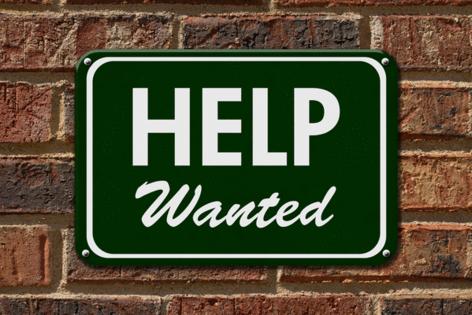
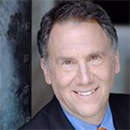


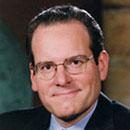
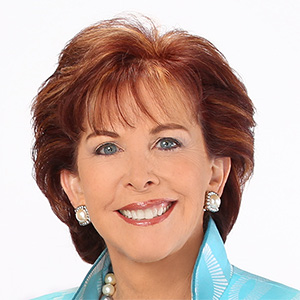
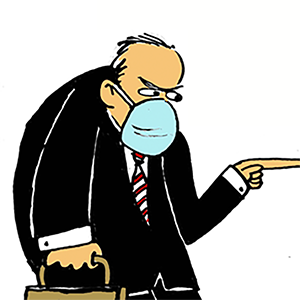

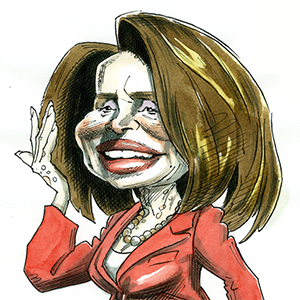



Comments